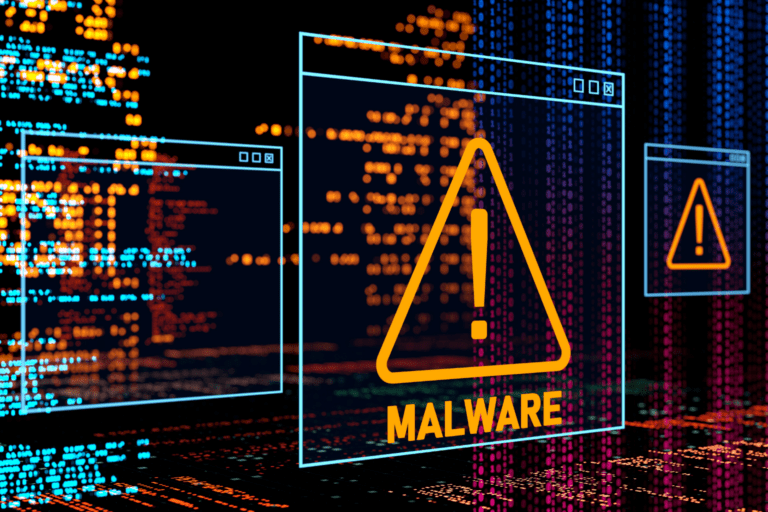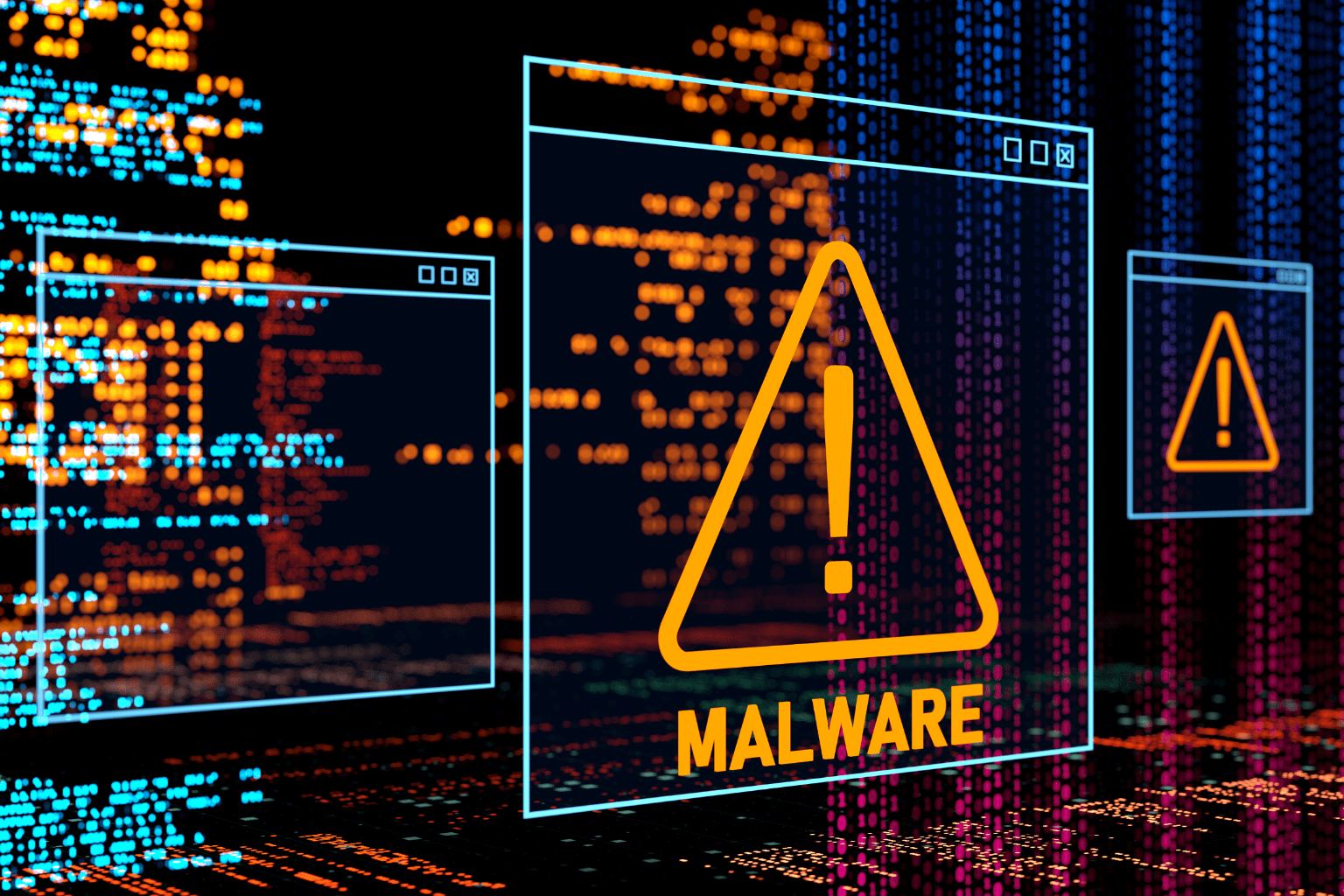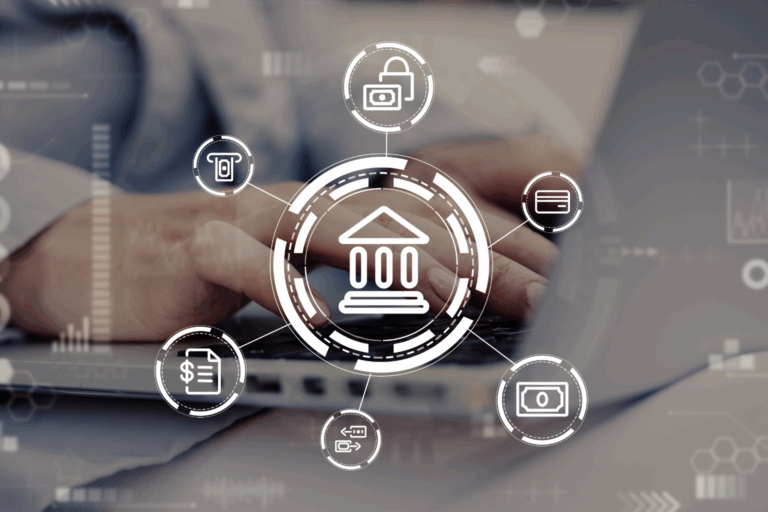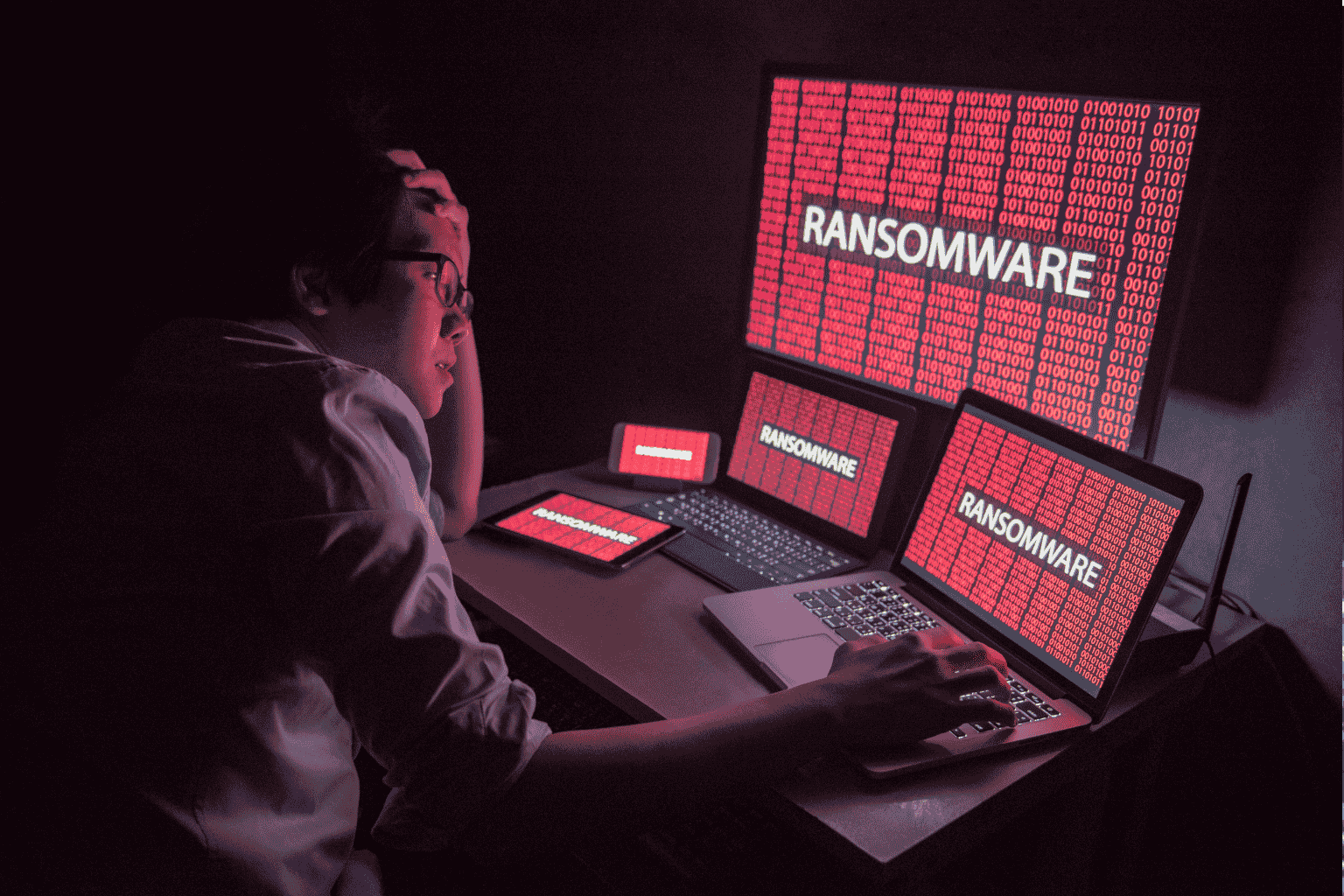How to prevent ransomware attacks (part two)
Ransomware attacks are constantly evolving, with attackers using faster encryption techniques, double extortion tactics, and AI-powered malware to bypass traditional defenses. That’s why prevention requires a multi-layered approach.
In part one of “How to prevent ransomware attacks”, we explored five key strategies:
- Backing up your data to avoid ransom payments.
- Keeping systems updated to patch known vulnerabilities.
- Using next-gen antivirus & firewalls for real-time threat detection.
- Segmenting networks to limit ransomware spread.
- Enhancing email security to block phishing-based infections.
Now, we’ll cover five more advanced security practices to help highly liquid businesses like yours stay ahead of ransomware threats and reduce the risk of infection.

5 advanced practices to prevent ransomware attacks
1. Use application whitelisting
Not all programs should be allowed to run on your systems. Application whitelisting is a proactive security measure that restricts the execution of unauthorized software, preventing ransomware from launching on endpoints and servers.
Unlike traditional antivirus solutions, which detect and block known threats, whitelisting takes a zero-trust approach where only pre-approved applications can run, blocking everything else by default.
To implement application whitelisting effectively, you should:
- Create a strict list of approved applications where only essential business apps should be allowed.
- Use endpoint security solutions with whitelisting and execution control features.
- Regularly review and update the whitelist to remove outdated or unnecessary programs.
- Block scripts and macros from running unless explicitly required for business operations.
2. Secure endpoints
Endpoints—such as employee workstations, mobile devices, and cloud workloads—are among the most common targets for ransomware attacks. If an attacker gains access to a single compromised device, they can move laterally across the network, infecting multiple systems.
Extended Detection & Response (XDR) enhances endpoint security by integrating multiple security layers, detecting early signs of ransomware activity, and stopping the attack before encryption begins. Organizations with robust endpoint security and XDR solutions have been able to detect and block many attacks before they escalate.
So, securing endpoints is a critical strategy to prevent ransomware before it spreads across the organization:
- Deploy XDR solutions to monitor, detect, and respond to suspicious behavior in real time.
- Enforce multi-factor authentication (MFA) to prevent unauthorized access.
- Implement device encryption to protect sensitive data in case of compromise.
- Regularly update endpoint security policies and restrict the use of external devices like USB drives.
3. Limit user access privileges
One of the most effective ways to prevent ransomware from spreading is by restricting user access. If an attacker gains control of a compromised account with admin-level privileges, they can encrypt entire systems, delete backups, and disable security tools.
Applying the Principle of Least Privilege (PoLP) ensures that employees only have access to the data and systems they absolutely need for their roles, nothing more. This minimizes the damage ransomware can cause if an account is compromised.
In recent years, the Lapsus$ group leveraged stolen credentials with excessive privileges to infiltrate large organizations like Microsoft, Nvidia, and Okta. Other companies with strict access controls and privilege management were able to limit the extent of their attacks.
To reduce unnecessary privileges in your company, this is what you need to do:
- Restrict admin privileges to only those who truly need them.
- Use role-based access control (RBAC) to define who can access specific data and systems.
- Require multi-factor authentication (MFA) for privileged accounts.
- Regularly audit user permissions and remove unnecessary access.
4. Run regular security testing
In 2021, the Kaseya ransomware attack exploited an authentication bypass vulnerability in Kaseya’s VSA remote management software. This flaw allowed attackers to bypass authentication controls, giving them full access to deploy ransomware and encrypt critical data.
This attack shows how important regular security testing is to identify vulnerabilities before cybercriminals do. Along with regular security testing, simulations and timely patching of vulnerabilities are necessary to prevent ransomware attacks.
These are some of the best practices to have a proactive approach to security testing:
- Conduct regular penetration testing to simulate ransomware attack scenarios.
- Perform red team exercises to test internal security response capabilities.
- Run automated vulnerability scans to detect and fix weaknesses before they are exploited.
- Continuously update security policies based on testing results.
5. Security awareness training
Human error remains the leading cause of ransomware infections. Cybercriminals exploit employee mistakes, weak passwords, and phishing scams to gain access to corporate networks. Without proper training, even the most advanced security systems can be bypassed through social engineering attacks.
The 2020 Twitter breach showed the world how easy it is to trick employees into revealing credentials through a very basic phishing scam. With a simple call, the attackers gained access to internal tools and compromised high-profile accounts. A single employee mistake led to a major security breach, compromising not just the company but its clients and users, including notable accounts of politicians, celebrities, and entrepreneurs.
When employees are trained to recognize and respond to cyber threats, they become a strong line of defense against ransomware attacks.
- Conduct ongoing phishing simulations to train employees on real-world attack scenarios.
- Implement mandatory cybersecurity training for all staff, including executives.
- Educate employees on how to recognize phishing emails, malicious links, and suspicious attachments.
- Foster a security-first culture, encouraging employees to report potential threats immediately.
Prevent ransomware attacks with Clovr Labs
Preventing ransomware requires more than just basic defenses, it demands a proactive, multi-layered security strategy that evolves with emerging threats. At Clovr Labs, we help fintech companies stay ahead of ransomware attacks with offensive security solutions designed to identify and eliminate vulnerabilities before they can be exploited.
Our approach includes:
- Threat Mapping – Strategic analysis of your attack surface to detect security gaps before attackers do.
- 360 Attack Exposure – Real-world penetration testing and red team exercises to uncover weaknesses.
- Non-Linear Defense – Adaptive, AI-driven security measures that evolve to counter new ransomware tactics.
Ransomware is more sophisticated than ever, but with the right security measures in place, businesses can reduce risk, strengthen defenses, and prevent costly breaches.
Is your business prepared? Contact us today to assess your ransomware risk and build a cybersecurity strategy that keeps you ahead of attackers.







